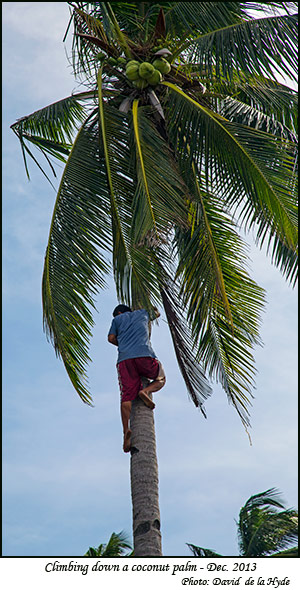
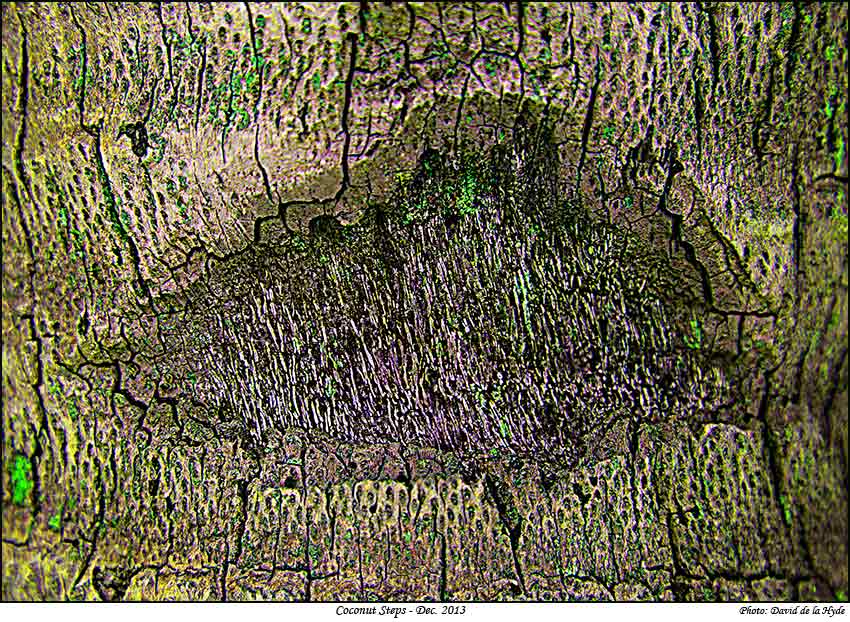
|
|
COCONUT PLANKS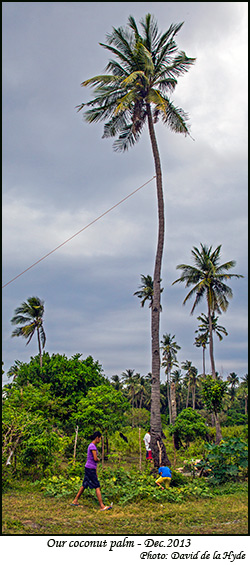
On coconut plantations, between 50 to 80 years of age a coconut palm no longer produces fruit in commercially viable quantities, or becomes too tall to be safely harvested. It is then cut down and new saplings planted. Coconut timber is a hardwood, and is referred to in the Philippines as Coconut Lumber, or Coco Lumber. Coconut trees have no annual growth rings, rays, heartwood or branches. Thus coconut timber is free from knots and similar imperfections. The harder timber can be used for structuralpurposes such as trusses, rafting, decking and floor joists. Medium density for walls, horizontal studs and so on. Low density for non-load bearing applications such as homewares and wood panelling. The coconut palm felled and illustrated in this web page was likely to endanger our house if it fell during a storm. |

|
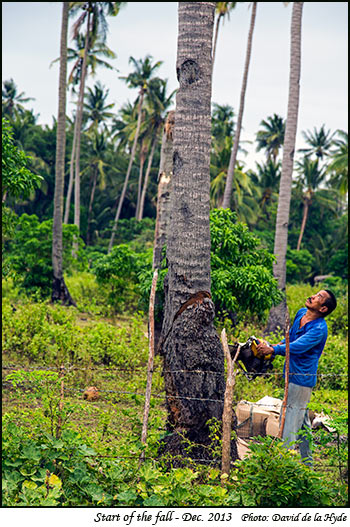
|
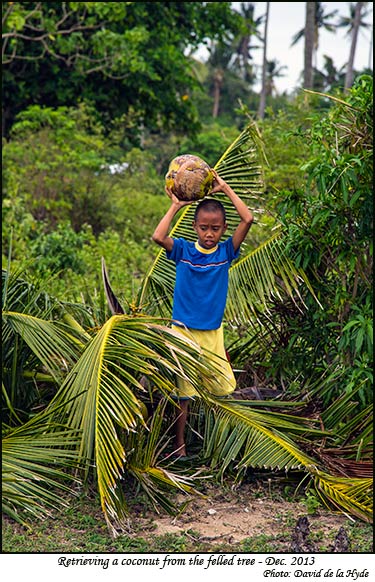
|
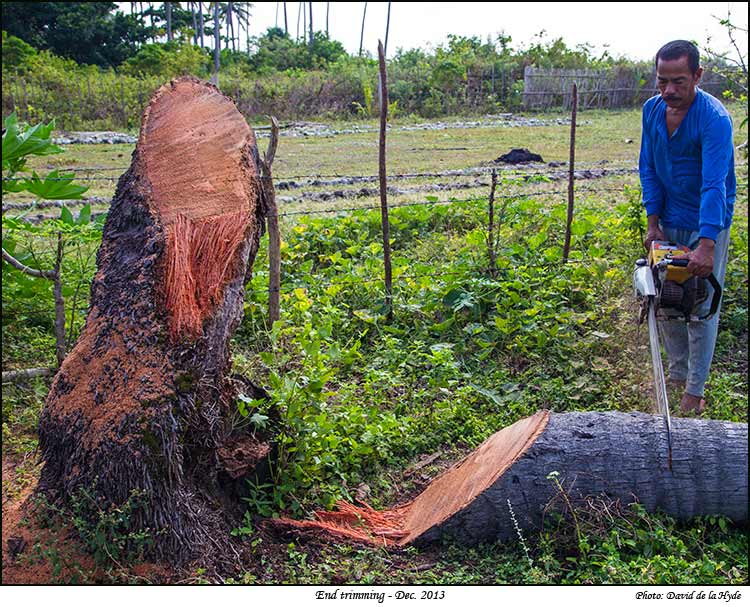
|
|
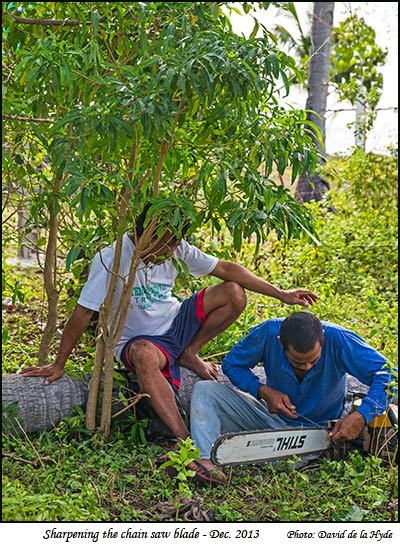
|
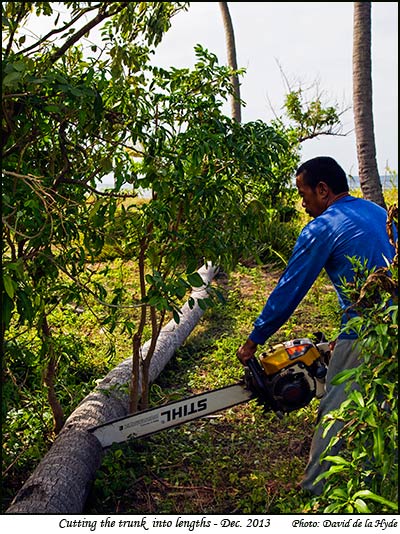
|
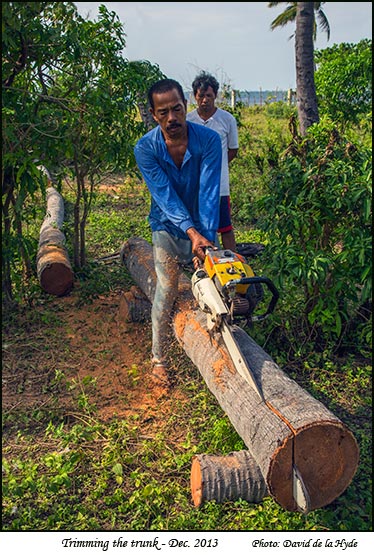
|
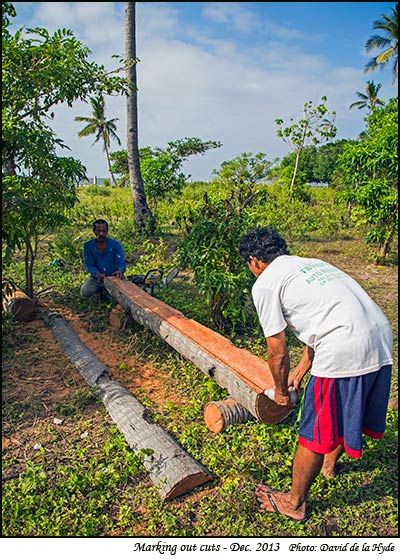
|
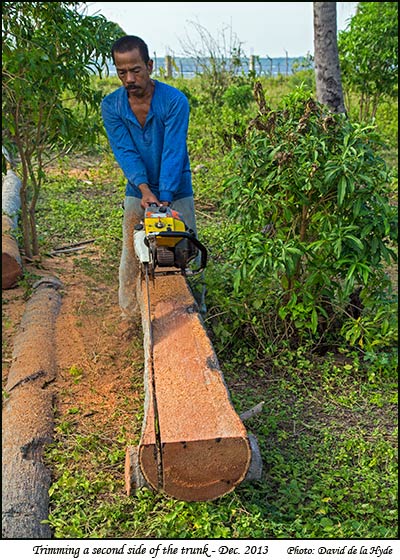
|
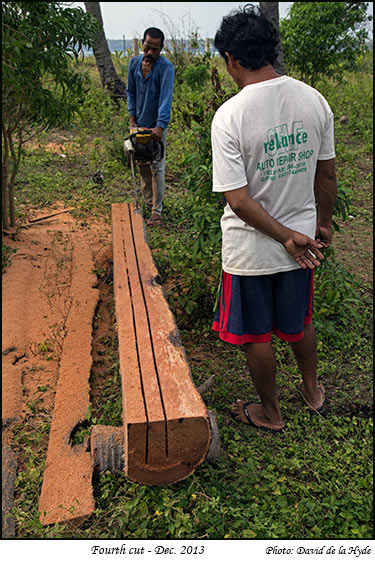
|
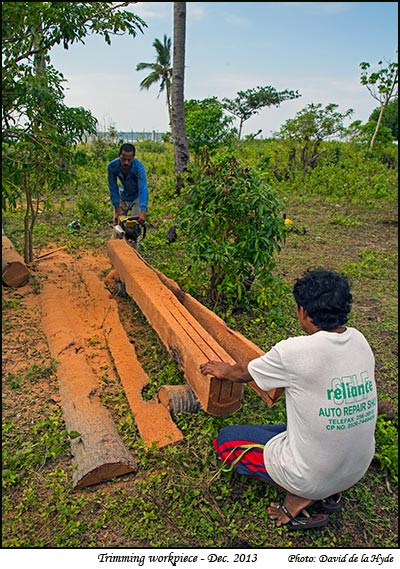
|
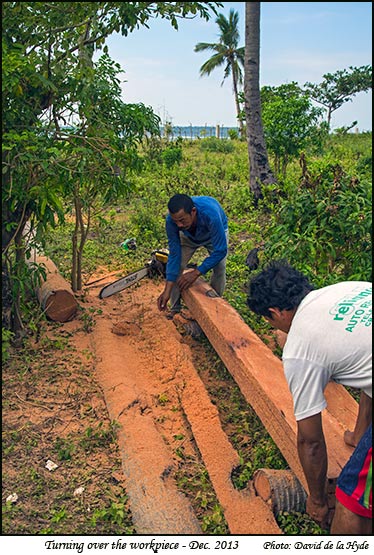
|
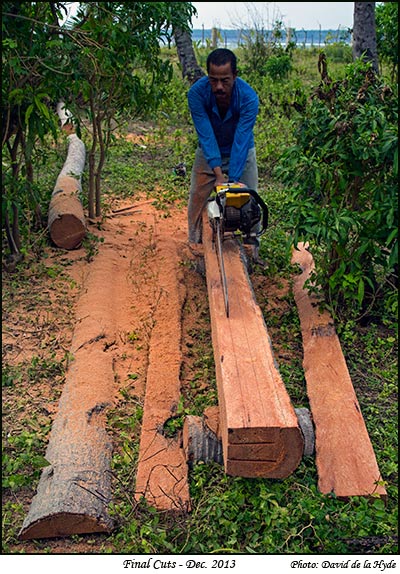
|
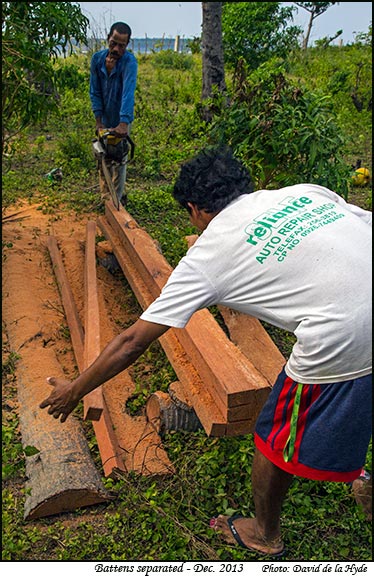
|
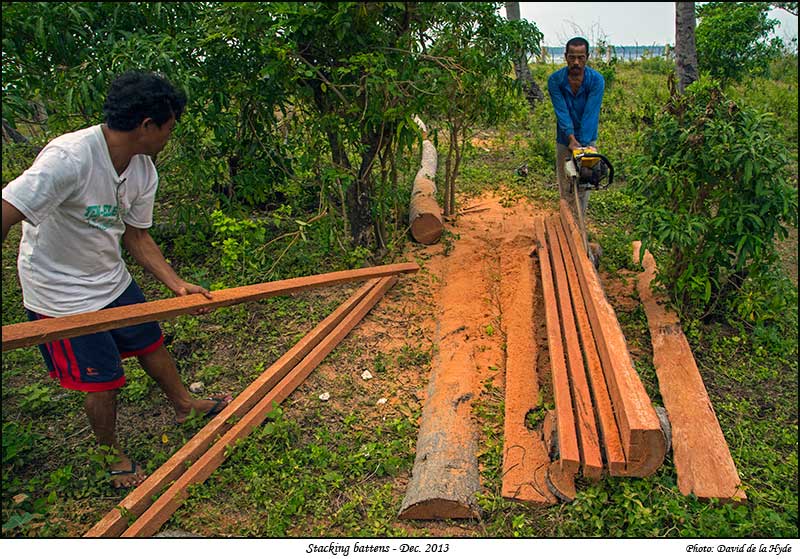
|
|